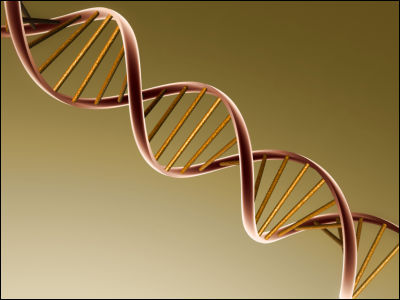Researchers who discovered microRNAs that control gene expression win Nobel Prize in Physiology or Medicine

The Nobel Prize Committee of the Karolinska Institute in Sweden has announced that the 2024 Nobel Prize in Physiology or Medicine will be awarded to Professor Victor Ambros of the University of Massachusetts and Professor Gary Laboucan of Harvard University. The reason for the award is 'for their discovery of
Press release: The Nobel Prize in Physiology or Medicine 2024 - NobelPrize.org
https://www.nobelprize.org/prizes/medicine/2024/press-release/
Medicine Nobel awarded for gene-regulating 'microRNAs'
https://www.nature.com/articles/d41586-024-03212-9
Medicine Nobel for microRNAs - Ars Technica
https://arstechnica.com/science/2024/10/medicine-nobel-goes-to-previously-unknown-way-of-controlling-genes/
Professor Ambros arrives at work after receiving the news of the award.

Professor Laboucan shortly after receiving a call from the Nobel Prize Committee

Professors Ambros and Laboucan first published their research on miRNA in 1993.
The C. elegans heterochronic gene lin-4 encodes small RNAs with antisense complementarity to lin-14 - PubMed
The two researchers, who were researchers in the same group at the time, identified two genes, lin-4 and lin-14, that are involved in the development of the nematode Caenorhabditis elegans . Mutations in these genes cause the nematode embryos to not develop properly. Professor Ambros discovered that the lin-4 gene somehow inhibits the activity of the lin-14 gene, but the mechanism by which this happens was unknown.
Typically, genes serve as blueprints for some kind of protein. However, unlike conventional genes, the lin-4 gene produces not a protein but a small RNA molecule of 22 or 61 bases, known as miRNA. It was discovered that this miRNA binds in a complementary manner to the 3' untranslated region of the lin-14 messenger RNA (mRNA). Professors Ambros and Laboucan demonstrated that this interaction suppresses protein production by the lin-14 gene, allowing nematode development to proceed properly.

At the time of publication in 1993, this miRNA was thought to be a system unique to nematodes. However, a study published in 2000 by Professor Laboucan's research team showed that the miRNA found in Caenorhabditis elegans, called let-7 RNA, exists in a wide range of animal species, including vertebrates and insects. It was also found that the target genes of let-7 RNA also exist in fruit flies and vertebrates. However, let-7 RNA was not detected in plants or single-celled organisms. This suggests that let-7 RNA may be a type of developmental mechanism that organisms acquired during the course of evolution.

Conservation of the sequence and temporal expression of let-7 heterochronic regulatory RNA - PubMed
https://pubmed.ncbi.nlm.nih.gov/11081512/
The research result that miRNA may be deeply involved in gene regulation not only in nematodes but also in many other animals such as humans and mice sent shock waves through the world of biology. Subsequent research has revealed that miRNAs have long RNA precursors generated from genes, and that these precursors fold to form base pairs and form structures called hairpins, which are then cleaved by an enzyme called Dicer to produce miRNAs.
It was also revealed that the generated miRNA guides a protein complex to the mRNA, digesting the RNA or preventing its translation into protein. Furthermore, at the time of writing, approximately 50,000 types of miRNA have been discovered, and miRNAs have been discovered in plants that were not initially detected, suggesting that the miRNA system may have existed for a long time.
Advances in miRNA research have suggested that miRNA may be involved in various genetic diseases. For example, it has been found that when Dicer, which is necessary for producing miRNA, is not expressed in nerve cells, the branching of connections between neurons is restricted, causing microcephaly . Although still in its early stages, research into the application of miRNA in medicine is also progressing, and methods for delivering any miRNA to cells are being explored.
The award ceremony will be held in Stockholm, Sweden on December 10th, the anniversary of the death of the founder of the Nobel Prize, Alfred Nobel . Professor Laboucan, who attended the 2009 Nobel Prize in Physiology or Medicine ceremony, commented, 'I'm looking forward to receiving the Nobel Prize at the ceremony. I already know how to throw a celebration party.'
The Nobel Prize Committee has posted on YouTube the telephone conversation between Professor Ambros and Professor Laboucan informing them of the award.
First Reactions | Victor Ambros, Nobel Prize in Physiology or Medicine 2024 | Telephone interview - YouTube
First Reactions | Gary Ruvkun, Nobel Prize in Physiology or Medicine 2024 | Telephone interview - YouTube
Related Posts:







